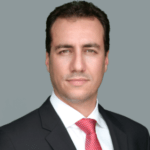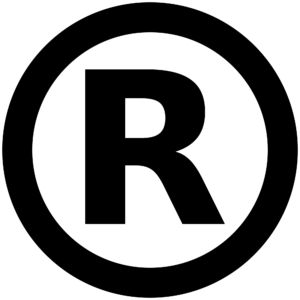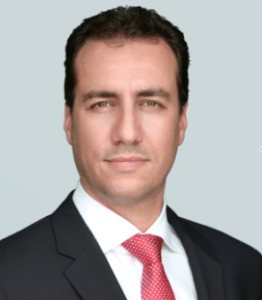Trademark infringement is one of the most serious allegations against a technology startup, entrepreneurs, or small business when choosing filing for registration of a new trademark, brand, or logo, with or without a trademark attorney. If a brand or trademark is deemed to potentially constitute trademark infringement because it is likely to cause confusion, the United States Patent and Trademark Office (USPTO) examining attorney will issue an Office Action under section 2(d), and refusal to register the mark.
“Likelihood of confusion” is the determination of whether similarities between two marks are likely to confuse consumers regarding the source of the relevant goods or services, and it is the central element of trademark infringement. Section 2(d) of the Lanham Act provides that an application for federal trademark registration will be denied if another trademark is already registered for related goods and/or services and the applied-for trademark is confusingly similar to the registered trademark.
 Definition of Trademark Infringement – USPTO Likelihood of Confusion Factors
Definition of Trademark Infringement – USPTO Likelihood of Confusion Factors
To determine whether likelihood of confusion exists, the USPTO uses an analytical framework involving thirteen factors, known as the “duPont factors”. These factors are analyzed in connection with the marketing and branding of each trademark, and a determination is then made why or why not the marks are likelihood to cause confusion. Under established law, no single duPont factor is determinative, but instead they are all weighed together by a Judge or Jury to reach a legal conclusion of trademark infringement.
The key likelihood of confusion factors for trademark infringement in the Federal District of the United States are:
- The similarity or dissimilarity of the marks in their entireties as to appearance, sound, connotation and commercial impression.
- The similarity or dissimilarity and nature of the goods or services as described in an application or registration or in connection with which a prior mark is in use.
- The similarity or dissimilarity of established, likely-to-continue trade channels.
- The conditions under which and buyers to whom sales are made, i.e. `impulse’ vs. careful, sophisticated purchasing.
- The fame of the prior mark (sales, advertising, length of use).
- The number and nature of similar marks in use on similar goods.
- The nature and extent of any actual confusion.
- The length of time during and conditions under which there has been concurrent use without evidence of actual confusion.
- The variety of goods on which a mark is or is not used (house mark, `family’ mark, product mark).
- The market interface between applicant and the owner of a prior mark.
- The extent to which applicant has a right to exclude others from use of its mark on its goods.
- The extent of potential confusion, i.e., whether de minimis or substantial.
- Any other established fact probative of the effect of use.
Source: TMEP 1207.01 and In re E.I. DuPont DeNemours & Co., 476 F.2d 1357, 1361 (CCPA 1973) (link to source)
While many cases have ruled that none of these factors alone is dispositive, generally, the most persuasive factors are the proximity of the goods or services, and, the similarity of the marks (i.e., appearance, sound, meaning, and commercial impression). The more similar the marks, the more distinct the goods must be to avoid likelihood of confusion.
Trademark owners and applicants facing a likelihood of confusion refusal and potentially exposed to trademark infringement are wise to consult with an experienced trademark infringement attorney before responding to the Office Action or taking other steps in the pursuit of their brand registration. This is because the consequences of trademark infringement in the US Patent and Trademark Office (USPTO) can range from simply refusal to obtain federal trademark registration, to an obligation from the owner of the cited trademark to destroy inventory that is featuring the infringing mark, and of course, legal damages for lost profits, corrective advertising, and in some cases, punitive costs.

Disclaimer: The content above is a discussion of legal issues and general information; it does not constitute legal advice and should not be used as such without seeking professional legal counsel. Reading the content above does not create an attorney-client relationship. All trademarks are the property of L.A. Tech & Media Law Firm or their respective owners. Copyright 2018. All rights reserved.


 Definition of Trademark Infringement – USPTO Likelihood of Confusion Factors
Definition of Trademark Infringement – USPTO Likelihood of Confusion Factors